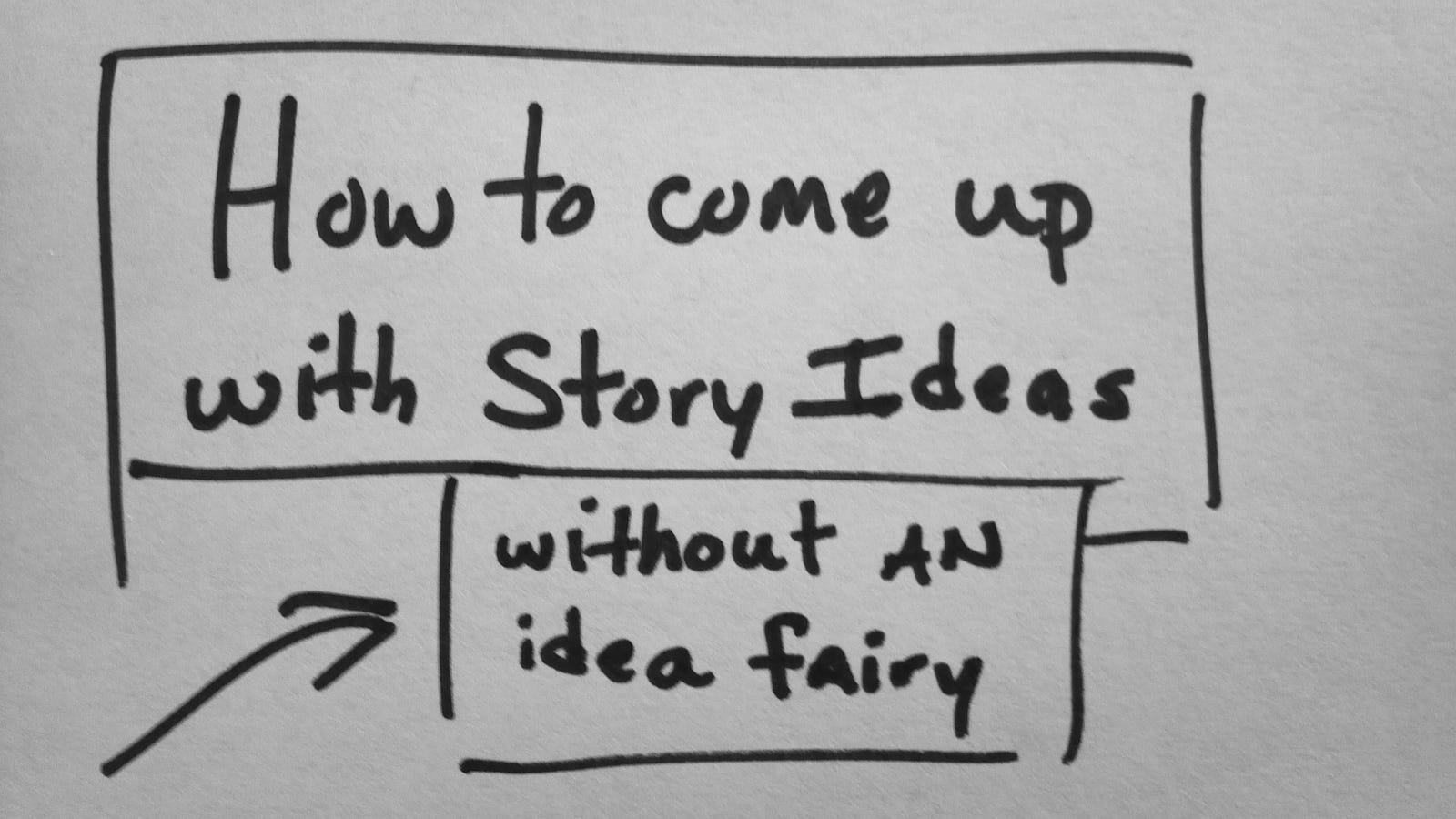
“Most aspiring screenwriters simply don’t spend enough time choosing their concept. It’s by far the most common mistake I see in spec scripts. The writer has lost the race right from the gate. Months — sometimes years — are lost trying to elevate a film idea that by its nature probably had no hope of ever becoming a movie.”
— Terry Rossio (Aladdin, The Mask of Zorro, Shrek, Pirates of the Caribbean: The Curse of the Black Pearl)
“Ideas cost NOTHING and require ZERO risk. And yet, oddly, the LEAST amount of time’s usually spent in the idea stage before a small fortune is dumped on a whimsy that’s still half-baked… Ideas cost nothing yet have the potential to yield inexplicably long careers and happy lives.”
— Kevin Smith (Clerks, Mallrats, Chasing Amy, Dogma, Zak and Miri Make a Porno)

The key to generating a lot of ideas is to separate your thinking into two stages: possibility thinking and practicality thinking. Possibility thinking is the raw generation of ideas, without judgment or evaluation of any kind. You turn off your internal critic. Your internal critic is that part of your mind that is constantly telling you why something can’t work or can’t be done. The strategy is to generate as many ideas, obvious and novel, as possible, without criticism of any kind.
— —
Increasing your idea production requires conscious effort. Suppose I asked you to spend three minutes thinking of alternative uses for the common brick. No doubt, you would come up with some, but my hunch is not very many. The average adult comes up with three to six ideas. However, if I asked you to list 60 uses for the brick as fast as you can, you would have quite a few in a short period of time.
By forcing yourself to come up with 60 ideas, you put your internal critic on hold and write everything down, including the obvious and weak. The first third will be the same-old, same-old ideas you always get. The second third will be more interesting and the last third will show more insight, curiosity and complexity. Early ideas are usually not true ideas. Exactly why this is so is not known, but one hypothesis is that familiar and safe responses lie closest to the surface of our consciousness and therefore are naturally thought of first. Creative thinking depends on continuing the flow of ideas long enough to purge the common, habitual ones and produce the unusual and imaginative.
Once you have a list of alternative ideas, you can elaborate and change them. Every new idea is some addition or modification to something that already exists. You take a subject and manipulate or change it into something else. There are nine principal ways you can manipulate a subject. These ways were first formally suggested by Alex Osborn, the father of brainstorming, and later arranged by Bob Eberle into the mnemonic SCAMPER.
S = Substitute?Metaphysical Complexity = Creative Genesis
C = Combine?
A = Adapt?
M = Magnify? = Modify?
P = Put to other uses?
E = Eliminate?
R = Rearrange? = Reverse?

You isolate the subject you want to think about and ask the checklist of SCAMPER questions to see what new ideas and thoughts emerge. Think about any subject, from improving the ordinary paperclip to reorganizing your corporation, and apply the “Scamper” checklist of questions. You’ll find that ideas start popping up almost involuntarily, as you ask:
Can you substitute something?
Can you combine your subject with something else?
Can you adapt something to your subject?
Can you magnify or add to it?
Can you modify or change it in some fashion?
Can you put it to some other use?
Can you eliminate something from it?
Can you rearrange it?
What happens when you reverse it?
The Creative Environment

You take a subject and change it into something else. (e.g. drilled petroleum becomes chemical feedstock becomes synthetic rubber becomes automobile tires. Natural gas becomes polyethylene becomes milk jugs. Mined ore becomes metal becomes wire becomes parts of a motor.)
